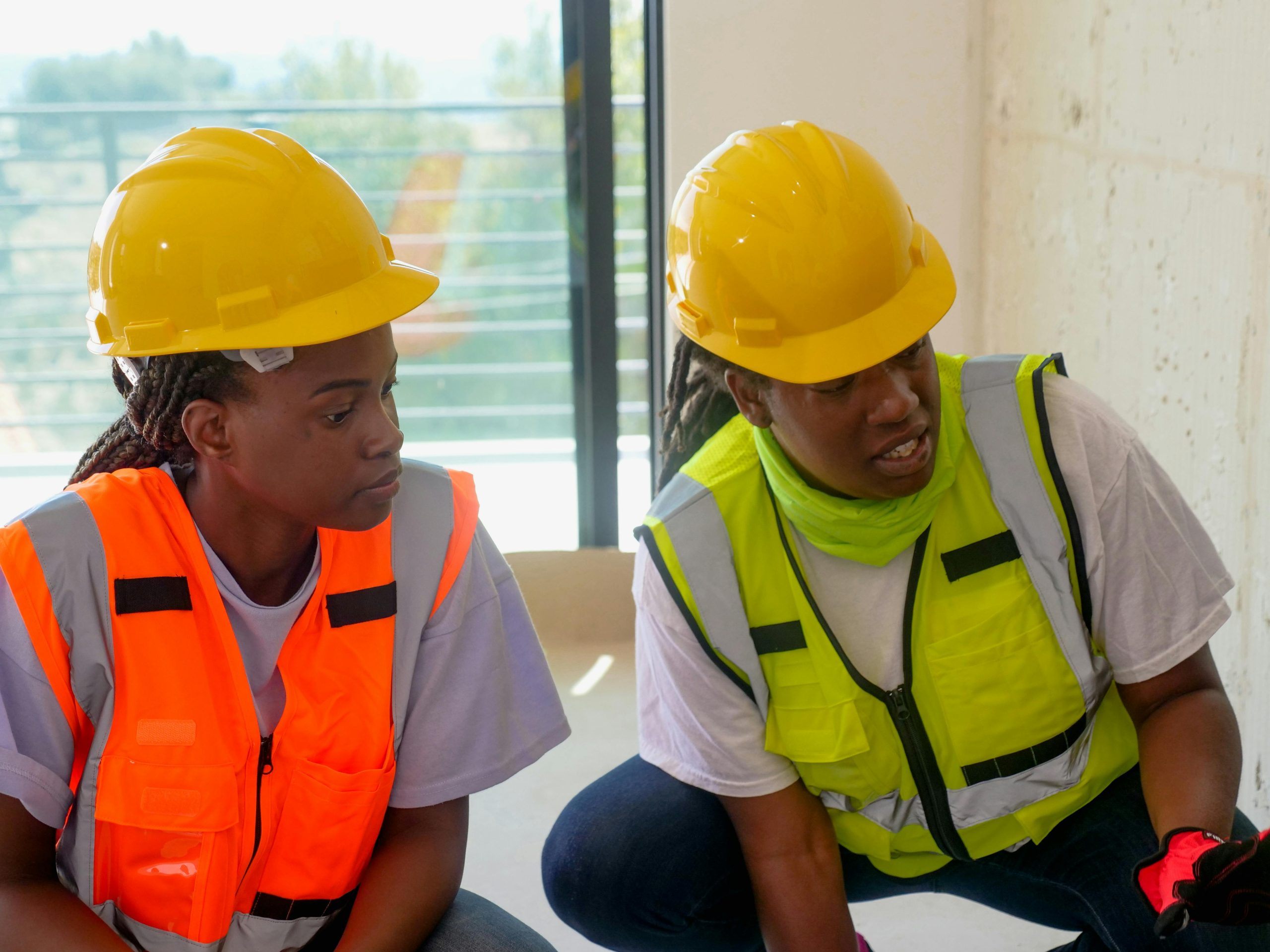Introduction to Workplace Safety Communication
Workplace safety communication is the foundation of a secure and healthy working environment. It involves sharing clear, accurate, and timely information about hazards, protocols, and safety measures with employees at all levels. When Workplace safety communication is effective, it not only prevents accidents but also builds a culture where safety becomes a shared responsibility.
Why Workplace Safety Communication Matters
Workplace safety communication saves lives by ensuring that employees understand risks and know how to respond to them. Poor communication can lead to misunderstandings, injuries, or even fatalities. By prioritizing workplace safety communication, organizations reduce risks, increase employee trust, and improve overall productivity.
Building a Culture of Workplace Safety Communication
Creating a culture of safety starts with strong workplace safety communication. Leaders must encourage open dialogue, where employees feel safe to raise concerns and report hazards without fear. This culture ensures that workplace safety communication is not just top-down but also horizontal, involving everyone in the process.
Elements of Effective Workplace Safety Communication
Workplace safety communication works best when it is:
- Clear: Messages should avoid jargon and be easy to understand.
- Consistent: Safety reminders and updates must be delivered regularly.
- Accessible: Communication tools should reach all employees, regardless of their role or location.
- Engaging: Interactive training and visual aids improve how well employees absorb safety messages.
Methods of Workplace Safety Communication
Employers can use multiple methods to strengthen workplace safety communication, such as:
- Safety meetings and briefings
- Posters and digital displays
- Email reminders and newsletters
- Interactive training modules
- Mobile applications for real-time alerts
By diversifying these methods, workplace safety communication becomes more effective across different departments.
The Role of Training in Workplace Safety Communication
Training programs are essential for workplace safety communication. Regular sessions ensure that employees understand the latest safety standards, emergency procedures, and proper equipment use. Well-structured training programs reinforce workplace safety communication by providing practical examples and simulations.
Technology in Workplace Safety Communication
Modern technology plays a crucial role in workplace safety communication. Mobile apps, instant messaging platforms, and digital dashboards allow real-time updates about hazards or incidents. By adopting technology-driven solutions, workplace safety communication becomes faster and more reliable.
Leadership and Workplace Safety Communication
Strong leadership is vital for workplace safety communication. Leaders set the tone by modeling safe behavior and encouraging open discussion about risks. When management invests in workplace safety communication, employees are more likely to prioritize safety in their daily tasks.
Overcoming Barriers in Workplace Safety Communication
Several challenges can weaken workplace safety communication, such as language differences, cultural barriers, or information overload. To overcome these obstacles, organizations should simplify messages, provide translations, and use visuals. Overcoming barriers ensures that workplace safety communication reaches every employee effectively.
Measuring the Success of Workplace Safety Communication
Organizations must track the effectiveness of workplace safety communication by reviewing incident reports, employee feedback, and safety audits. Regular evaluations help identify gaps and areas for improvement, making workplace safety communication stronger over time.
Workplace Safety Communication and Employee Engagement
Employees are more engaged when they feel their safety is valued. Effective workplace safety communication builds trust and loyalty, reducing turnover and boosting morale. Engagement grows when employees actively participate in safety discussions, suggesting improvements, and supporting safety campaigns.
Case Studies of Workplace Safety Communication
Many companies have seen dramatic improvements through better workplace safety communication. For example, industries with high-risk environments, such as construction and manufacturing, have reduced accident rates by implementing clear communication channels and training programs. These success stories highlight how workplace safety communication saves lives.
The Link Between Workplace Safety Communication and Productivity
Workplace safety communication does more than prevent accidents; it also improves efficiency. When employees understand safety procedures, they can perform tasks more confidently and with fewer interruptions. A safe workplace supported by strong workplace safety communication enhances overall productivity.
Future of Workplace Safety Communication
The future of workplace safety communication will rely on advanced technologies like artificial intelligence, wearables, and predictive analytics. These tools will provide instant data on workplace conditions, further strengthening workplace safety communication and saving more lives.
Conclusion: Prioritizing Workplace Safety Communication
Workplace safety communication is not optional—it is essential for saving lives and protecting employees. Clear, consistent, and proactive communication reduces risks, builds a culture of safety, and drives organizational success. By prioritizing workplace safety communication, businesses ensure that employees feel secure, valued, and prepared to face challenges safely.



